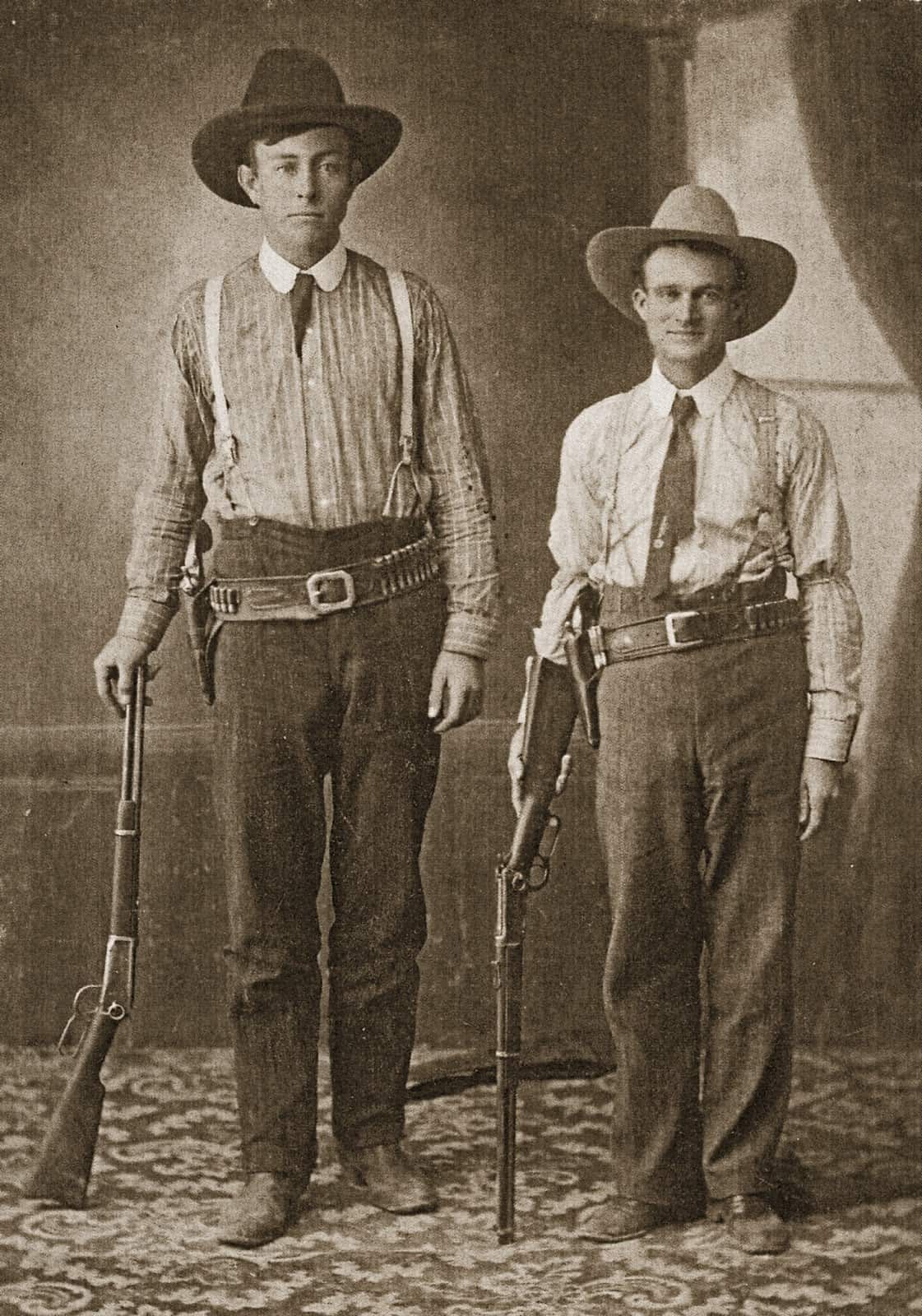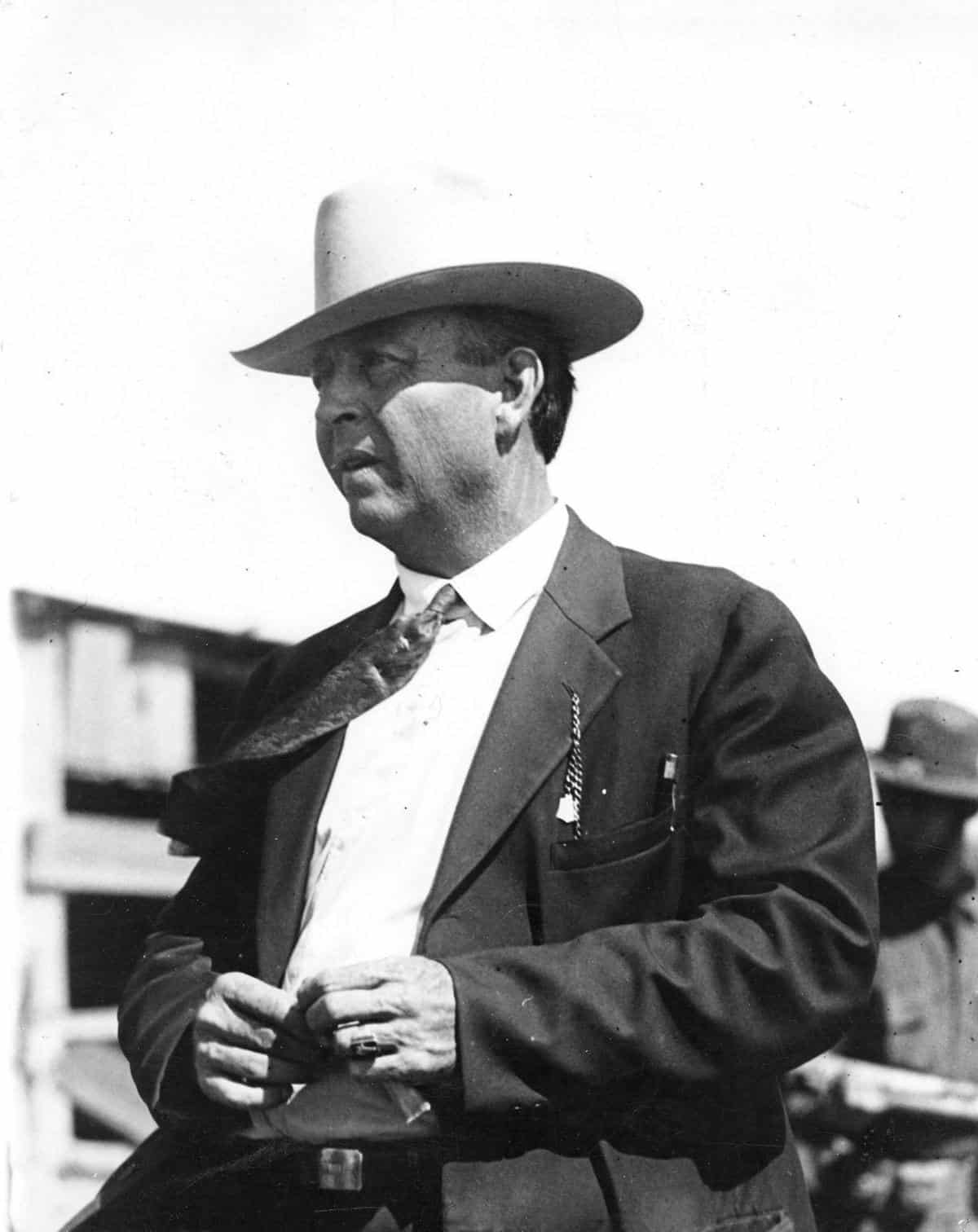The Old West was not all shootouts and gunslingers engaged in quick draw duels on Main Street. Indeed, shootouts were often deadlier for bystanders than the participants, and gunslingers preferred to shoot their victims in the back when possible – it was safer for the shooter. Still, the American West could get rough, and plenty of notorious outlaws gave often only slightly less notorious lawmen all the work they could handle to impose law and order. Following are thirty things about some of the more fascinating lawmen and outlaws of the Old West.

ADVERTISEMENT - CONTINUE READING BELOW
30. The Lawman Whose Career Marked the Transition From the Old West to the Modern Era
When Francis “Frank” Augustus Hamer began his career in law enforcement in Texas in 1905, lawmen still chased cattle rustlers, bandits, and other outlaws across the West on horseback. Policing was minimal and often ad hoc, and sheriffs routinely rounded up posses when extra bodies were needed. By the time he retired in 1949, lawmen were part of an established bureaucracy of law enforcement, went from thither to yon by automobiles, used airplanes, and communicated via radios and wireless devices. His career thus witnessed the transformation of law enforcement from that of legendary Old West lawmen, to the era of modern policing.

ADVERTISEMENT - CONTINUE READING BELOW
Hamer was born in Texas in 1884, and in his youth, he was noted for keen intelligence, a photographic memory, and was a crack shot with a pistol. Raised in a devoutly religious family, he wanted to become a preacher when he grew up. At age sixteen, while working on a ranch belonging to a Dan McSween, the proprietor offered him $150 to shoot a business associate. He refused and warned the marked man. In retaliation, McSween shot Hamer in the back and left side of the head, and left him for dead. He was saved by a black field hand, and never forgot it until his dying day: “A colored man was the best friend I ever had in my life. That colored man caused me to be living today“.
